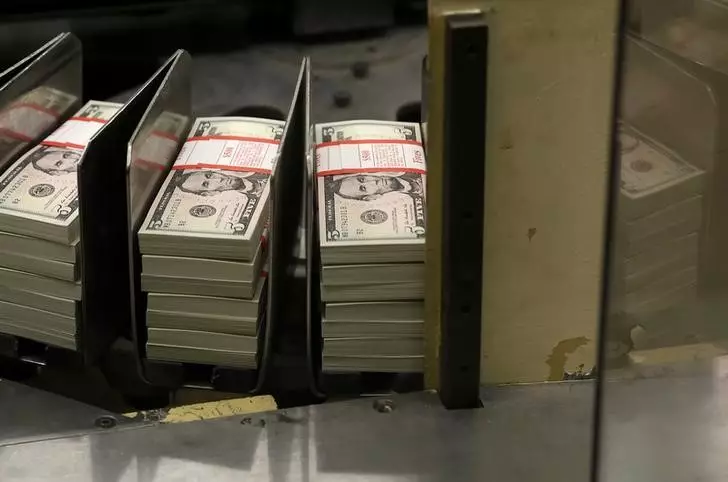The recent performance of the U.S. dollar showcases a complex interplay of economic indicators, Federal Reserve policies, and political dynamics. As economic data remains moderately encouraging, expectations for aggressive monetary intervention have softened, which plays a critical role in the dollar’s stability. This article will discuss the current status of the U.S. dollar, the regional currency movements in relation to economic factors, and the implications of the forthcoming U.S. presidential election on currency trends.
As of late Friday, the U.S. dollar maintained a position of strength, poised for a notable fourth consecutive week of gains. This resilience comes despite a slight dip following lower U.S. Treasury yields, reflecting an ongoing market demand that has characterized the dollar throughout the month. Notably, the Dollar Index, a barometer of the dollar’s performance against a range of foreign currencies, displayed a marginal decline but was still on track for approximately a 0.6% increase for the week.
Healthier economic indicators in the U.S. have contributed significantly to this trend, instigating a market reassessment of potential Federal Reserve rate cuts. Analysts believe that the combination of stabilizing employment figures and consumer spending has reduced the likelihood of major interest rate reductions, thereby bolstering the dollar. However, the momentum may shift dramatically next week with the impending U.S. payroll report, a pivotal release that could influence market sentiment strongly.
Another layer impacting currency valuations is the evolving political landscape in the U.S., particularly regarding the future presidential elections. Analysts at ING have noted a growing inclination among bettors and market participants towards a potential comeback of Donald Trump. The prevailing narrative suggests that the upcoming election is highly contentious, with opinions split and many unexpected factors at play, leading to increased hedging against the uncertainties a Trump presidency could introduce.
This skepticism regarding the election’s outcomes is not unfounded, as previous elections have seen Trump’s candidacy underestimated by many. Such political shifts inherently carry economic implications, particularly with Trump’s policy stances on protectionism, taxation, and regulatory shifts possibly influencing the macroeconomic environment. The market, therefore, is navigating these uncertainties cautiously, continuing to assess the dollar’s strength alongside these broader political dynamics.
Alongside the dollar, other major currencies are showing varied reactions to economic signals. The EUR/USD exchange rate, for instance, managed a slight upward movement, closing at 1.0833 but is facing a broader weekly decline. This trend is compounded by weak sentiment following the stagnation of business activities within the Eurozone, despite a slight increase reported by Germany’s Ifo business climate index. The European Central Bank (ECB) has been active in cutting interest rates, but the scope for further cuts raises additional questions about future economic growth in the region.
In the UK, the GBP/USD remains relatively unchanged, though it inches away from a recent two-month low. Traders are anticipating comments from Bank of England Governor Andrew Bailey, with many hoping for insights into potential rate adjustments following recent inflation data. The British economy’s dependency on effective monetary and fiscal policy continues to be critical, particularly with looming challenges posed by external economic pressures.
As the global economic landscape shifts, the forthcoming data releases and political events are poised to have significant repercussions on currency valuations. Market players must remain vigilant, as the upcoming U.S. payroll report and developments surrounding the presidential election may act as key drivers of volatility in the foreign exchange markets. In contrast, regional currencies will continually react to their respective economic indicators and central bank policies, resulting in a complex and dynamic trading environment. The path of the U.S. dollar, while currently steady, will ultimately be tested by both economic data and the political realities that shape its future.

